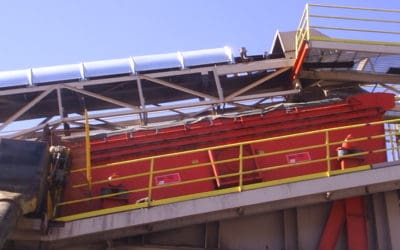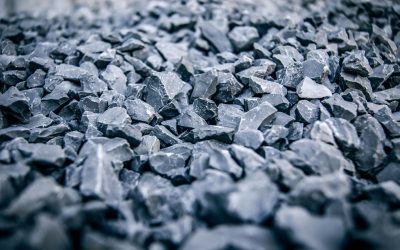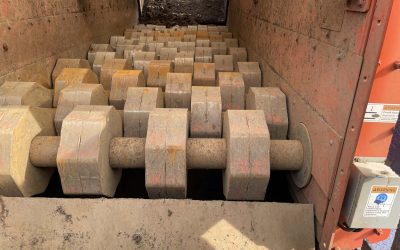Effectively managing construction and demolition (C&D) waste is crucial for environmental sustainability in the construction industry. Screening is a significant part of this process, separating unusable contaminants from recyclable materials, like wood, concrete, metals, plastics, brick, asphalt, soil, and stone. Therefore, choosing the right screening technology is essential for optimizing efficiency and minimizing environmental impact.
In this article, we’ll explore the key differences between disc screens and other waste screening methods.
The Importance of C&D Waste Management
By implementing effective waste management strategies, valuable materials can be recycled and repurposed, reducing the demand for new resources and minimizing the environmental footprint of construction projects.
Moreover, proper C&D waste management helps businesses save on disposal costs, comply with increasingly stringent environmental regulations, and improve their sustainability profiles. It also fosters a circular economy, where materials are continuously reused, leading to more efficient construction processes. This becomes even more important as the construction industry continues to grow.
Common Screening Technologies for C&D Waste Recycling
The mixed nature of materials involved brings several challenges to waste management. To start, the C&D waste recycling equipment being used directly impacts the materials recycling process as well as cost efficiency and environmental impact.
Trommel Screens
Trommels consist of rotating drums with spinning perforated screens that separate materials by size. They can sort through fine materials (like soil, compost, and natural aggregates) but can be less efficient for flat materials, since the spinning drums are prone to binding.
Star Screens
As the name indicates, star screens use a series of star-shaped discs that rotate on shafts to separate various materials. Star screens are most effective for materials that hold a high moisture content, such as green waste. They may not be the best option for bulky, rigid, or highly abrasive materials.
Disc Screens
Disc screens use large, rotating discs to separate C&D materials based on size and shape. This type of screening equipment is most effective at handling fibrous materials, like wood and cardboard.
Benefits of Disc Screens in C&D Recycling
The Freedom Disc Screen by Aggregates Equipment Inc. holds several advantages for C&D waste management:
- Coarse screening for difficult materials
- Innovative anti-clogging technology
- High-performance capacity
- Smaller environmental impact
- Superior tolerance for wear and tear
- Below-average energy consumption
- Reliable operation
- Fewer lifetime costs
The Freedom Disc Screen resolves common waste-handling challenges today. It prevents material buildup, ensuring fewer maintenance requirements and less downtime. Its compact design enables high-volume waste processing without requiring excess space. Additionally, it’s a cost-effective solution for modern facilities that have ambitious sustainability goals.
To learn more about superior disc screening options that provide long-term benefits to your entire operation, contact the experts at AEI today.


